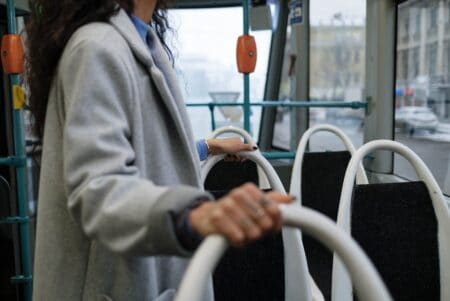The birth of the drive-in theater was a game-changer, brought to life by a fella named Richard Hollingshead. He whipped up the concept, nailed down a patent in May 1933, and on June 6, 1933, boom—the very first drive-in theater opened in New Jersey.
- First Drive-In: June 6, 1933, in New Jersey
- Inventor: Richard Hollingshead
- Patent: May 1933
Popularity and Decline
Drive-ins hit their peak of popularity in the 1950s, becoming iconic date spots and family hangouts.
- Golden Era: 1950s
- Peak Number: Over 4,000 in the U.S.
Cars lined up by the hundreds, headlights dimmed, as stars lit the big screen—
But here’s the twist—their decline kicked in. By the 1970s and 1980s, factors like rising real estate costs, daylight savings time, and the advent of home video had drive-ins struggling to stay in the picture.
- Challenges:
- Rising real estate costs
- Daylight savings impact
- Home video competition
- Digital projection costs
And the jump to digital projection? That was another tough ticket for many to buy, leading to even more closures.
Modern Drive-In Experience
In the era of digital media and nostalgic revivals, you’ll find that today’s drive-in movie theaters are an intriguing blend of old-school charm and cutting-edge technology.
Technological Advancements
Your drive-in movie experience has gotten an upgrade.
Conventional projectors have made way for digital projection, which means the picture on that massive outdoor screen is crisper and brighter than the vintage reels ever were.
You get your movie’s audio directly through your car’s FM radio, thanks to local broadcasting, giving you a personal surround sound system.
Revival and Nostalgia
The magic of drive-in theaters lies in their ability to evoke a sense of nostalgia while providing a socially-distanced entertainment option.
Modern drive-ins often limit the number of vehicles to create a more exclusive and intimate setting.
And with the resurgence spurred by the need for safe gathering spaces, these venues sometimes double as a spot for weddings or graduations. You get more than just a movie—you get a memorable slice of Americana.
Cultural Significance
Drive-in movies aren’t just about the films; they’re a slice of Americana that helped shape your social experiences and pop culture tastes.
Influence on Pop Culture
You’ve probably seen drive-in theaters pop up in movies, songs, and even as vintage art on a trendy t-shirt.
Films like ‘Grease’ and shows like ‘Happy Days’ used drive-ins as backdrops, cementing their spot in the pop culture narrative.
They’re more than just a nostalgic nod; drive-ins became synonymous with the golden age of American cinema and a symbol of the freedom and romance associated with the open road.
Community and Social Aspect
The unique setting of drive-ins made them communal hotspots where people could gather.
Unlike traditional cinemas, drive-ins offered a more private and intimate setup, making them perfect for dates or family outings.
They played a significant role in fostering community spirit, doubling as venues for events like weddings and graduations, especially when indoor gatherings were less feasible.




